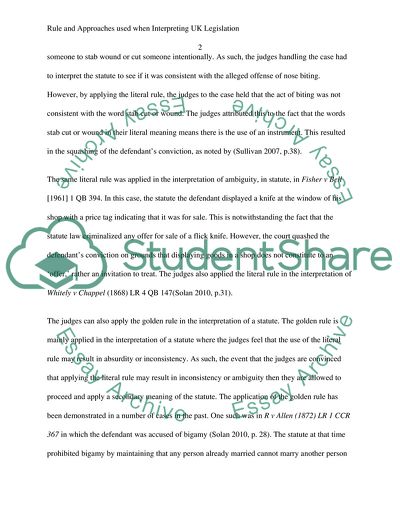Cite this document
(Rules and Approaches used when Interpreting UK Legislation Essay - 1, n.d.)
Rules and Approaches used when Interpreting UK Legislation Essay - 1. https://studentshare.org/law/1804555-issues-in-criminal-justice
Rules and Approaches used when Interpreting UK Legislation Essay - 1. https://studentshare.org/law/1804555-issues-in-criminal-justice
(Rules and Approaches Used When Interpreting UK Legislation Essay - 1)
Rules and Approaches Used When Interpreting UK Legislation Essay - 1. https://studentshare.org/law/1804555-issues-in-criminal-justice.
Rules and Approaches Used When Interpreting UK Legislation Essay - 1. https://studentshare.org/law/1804555-issues-in-criminal-justice.
“Rules and Approaches Used When Interpreting UK Legislation Essay - 1”. https://studentshare.org/law/1804555-issues-in-criminal-justice.


